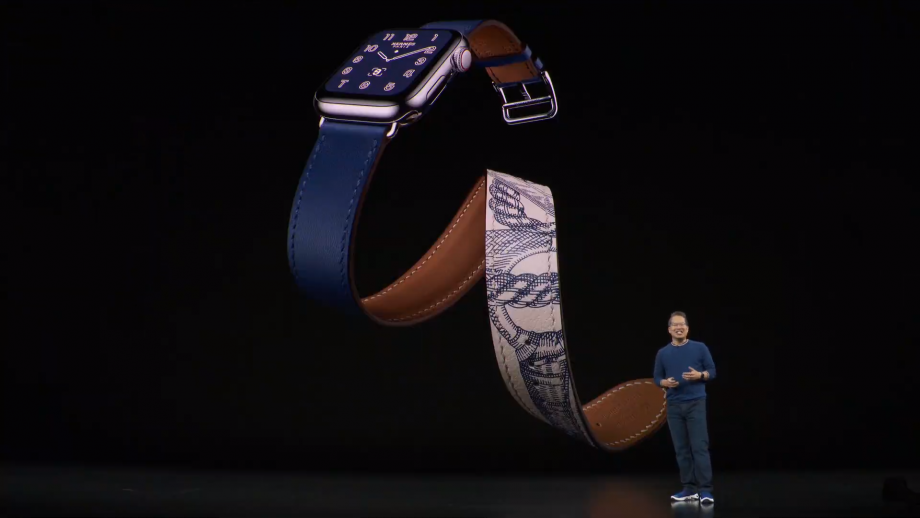Opinion: The Apple Watch 5 is way more interesting than the iPhone 11 for one key reason

To the casual eye, the Apple Watch 5 may not be the most interesting bit of kit to come out of the company’s 10th September 2019 event.
After all, we got treated to the cracking new iPhone 11, iPhone 11 Pro and iPhone 11 Pro handsets with a wealth of cool new hardware, like XDR displays. Then we got news about Apple TV Plus and the company’s marmite Apple Arcade subscription services.
But for me, Apple’s unassuming new wearable stole the show for one key reason: its variable refresh rate, always-on screen.
Ok, on paper this isn’t a huge change from the Apple Watch 4’s screen, and variable refresh rate tech isn’t exactly a rarity anymore – it’s been on PC displays for donkey’s years.
Since Razer loaded it onto the original Razer Phone a couple of years ago it has been an increasingly common sight in mobile. The OnePlus 7 Pro has a 90Hz screen and rumours suggest everyone from Samsung to Oppo is working on high refresh rate mobiles.
But, no-one’s done it properly on wearables yet, which is odd as the benefits variable refresh rates could have on smartwatches are huge.
Related: Best smartwatch 2019
For non-tech-folks, a refresh rate refers to how many images per second a screen displays. Most smartwatch and smartphone screens are locked to 60Hz. This means the screen displays 60 images every second.
Having a higher refresh rate on mobile is great, as it means basic things like navigating menus will feel smoother. It can also offer an advantage during competitive gaming as, by displaying more images per second, there’s less of a delay between when you enact a command and it being shown on screen.
But what makes the Apple Watch 5’s approach genius is that it’s focussing on the benefits of lowering the refresh rate. Specifically, on the Apple Watch 5, the firm’s designed it so the 1000-nits OLED display can jump between 1-60Hz depending on what the watch is doing.
Related: Best fitness tracker 2019
This sounds small but it will make a huge difference to one key area most OLED screen smartwatches struggle with: battery life.
The fact is, even the benefits of OLEDs, which generate blacks simply by switching off specific pixels, watches with the tech always generally struggle to offer decent battery life. This is because they’re still rendering 60 images a second – which makes no sense if they’re doing basic things like showing the time.
This is why making it so the Apple Watch 5 can drop to 1Hz when it needs to is a great move – and the key reason I’m taking the company’s quoted 18 hour battery life seriously, despite it being the first Apple Watch with an always-on screen.
I really hope other vendors take note and start taking the same approach, ending the ongoing saga of having to charge your smartwatch every day.


